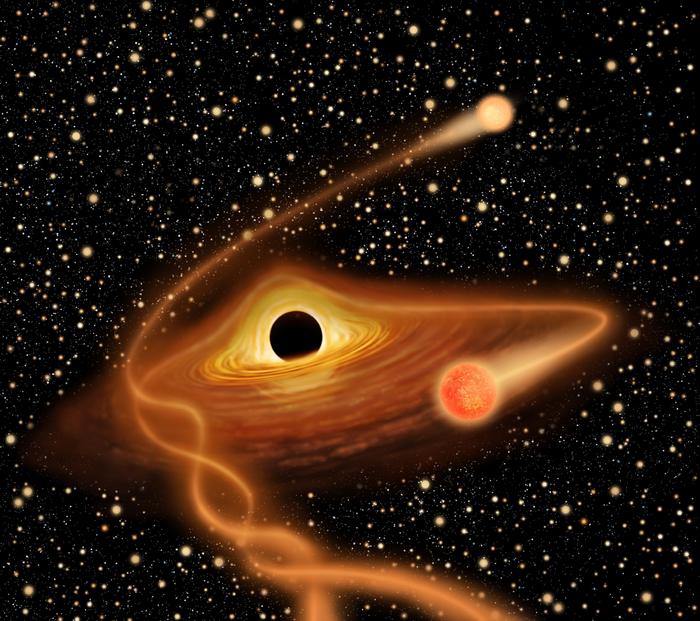THE LATEST
Unraveling the mystery of intermediate-mass black holes: A Chinese perspective

The cosmos has long been a realm of mystery and fascination, with black holes standing out as enigmatic entities that continue to captivate the minds of astronomers and astrophysicists. Recently, a discovery has sparked curiosity and raised important questions about the existence of intermediate-mass black holes (IMBHs), shedding light on a crucial missing link in black hole evolution.
Associate Professor Yang Huang from the University of Chinese Academy of Sciences, in collaboration with esteemed research institutions, embarked on a groundbreaking journey to uncover the secrets hidden within globular clusters. Their exploration focused on high-velocity stars ejected from these clusters, propelled by a gravitational phenomenon known as the Hills mechanism. This innovative approach aimed to provide compelling evidence for the elusive IMBHs, bridging the gap between stellar-mass black holes and supermassive black holes.
Using meticulous orbital backtracking along with detailed analysis of data from Gaia and LAMOST, the research team made a startling discovery. The high-velocity star J0731+3717, which was ejected from the globular cluster M15 at an astonishing velocity of nearly 550 km/s approximately 20 million years ago, emerged as a key player in this cosmic narrative. Their findings, published as the cover article in the National Science Review, proposed a groundbreaking narrative titled "A High-Velocity Star Recently Ejected by an Intermediate-Mass Black Hole in M15."
The existence of IMBHs, long considered a cosmic puzzle, has sparked intense debates within the scientific community. Globular clusters, known for their dense stellar populations, have been proposed as prime candidates for the formation of these elusive entities. The research journey led by Professor Huang and his team aimed to unveil the mysteries surrounding IMBHs, providing a tantalizing glimpse into the hidden realms of these cosmic giants.
Simulations played a crucial role in unraveling the complex interactions involving the IMBH in M15. By leveraging insights from N-body numerical simulations and pulsar timing studies, the researchers explored new frontiers, challenging traditional understanding and expanding the boundaries of astronomical knowledge. Their bold method of tracing high-velocity stars back to their origins within globular clusters has opened a new chapter in the quest to detect IMBHs, bringing them closer to the heart of these stellar assemblies.
As the study progresses, the implications of this discovery resonate throughout the astronomical community, offering a new perspective on the evolution of black holes. The extensive data from Gaia and large-scale spectroscopic surveys promise to unveil more cosmic secrets, propelling us into previously unexplored territories of discovery.
In a universe filled with celestial wonders and cosmic mysteries, the quest to understand the enigmatic realm of intermediate-mass black holes is a testament to our insatiable curiosity and relentless pursuit of knowledge. As we gaze toward the cosmic horizon, guided by the inquisitive spirit embodied by Professor Huang and his team, we embark on a journey of discovery that transcends the boundaries of space and time, opening doors to realms yet unseen.
